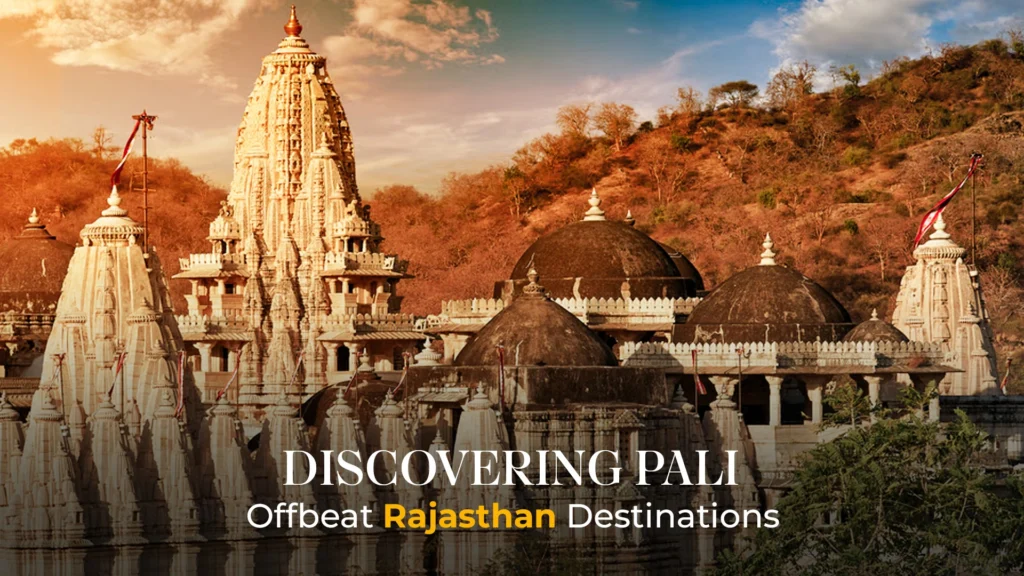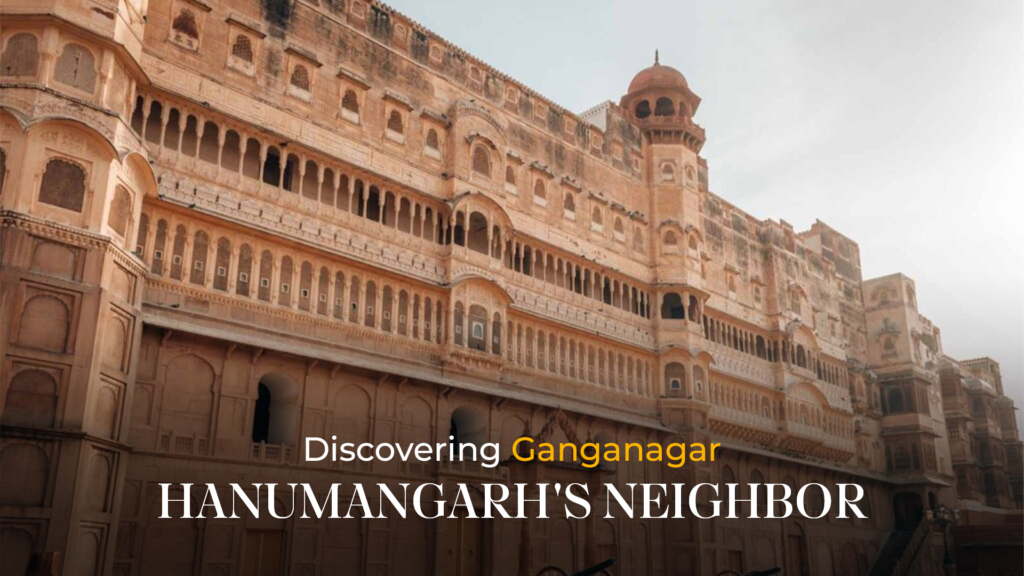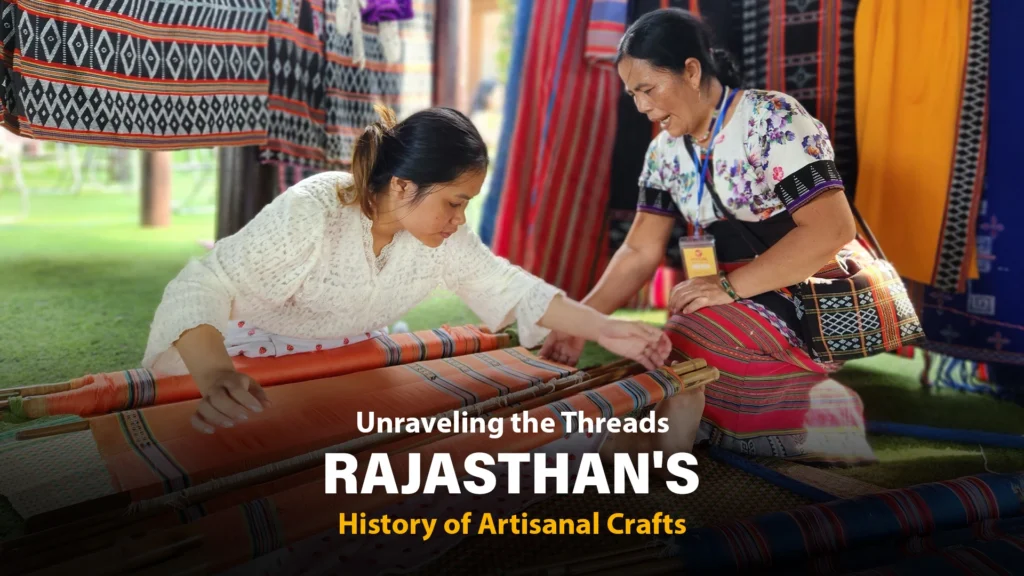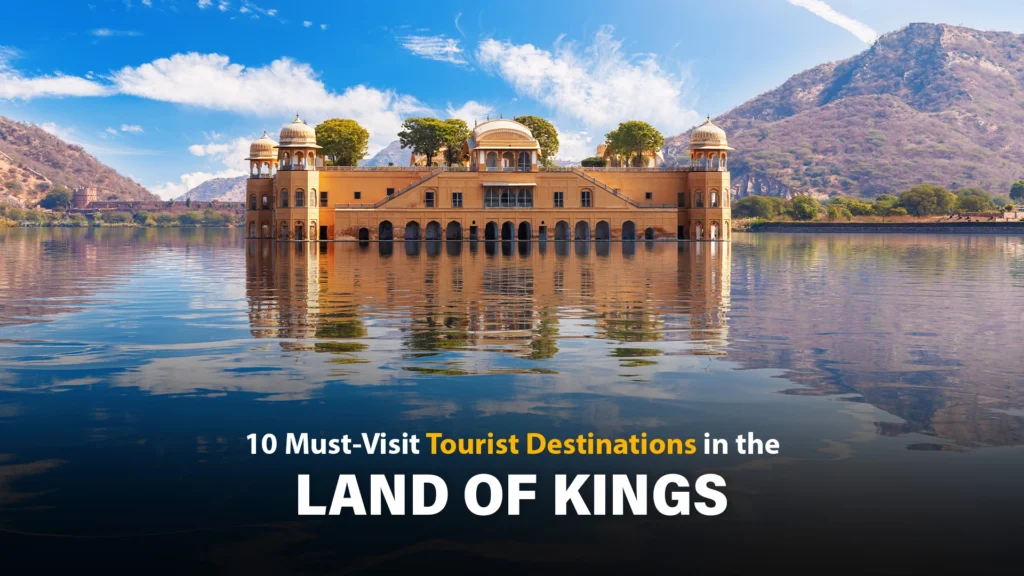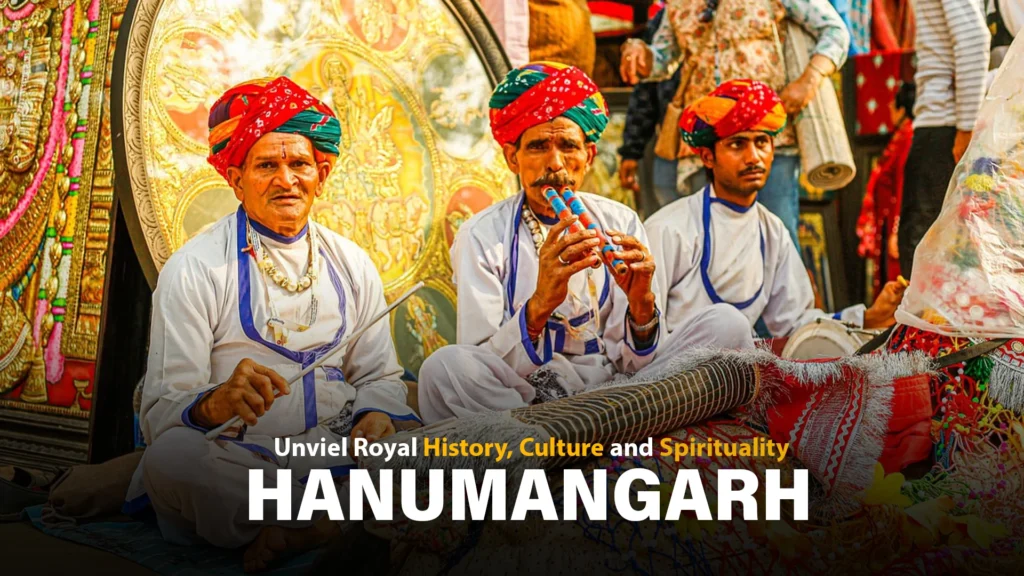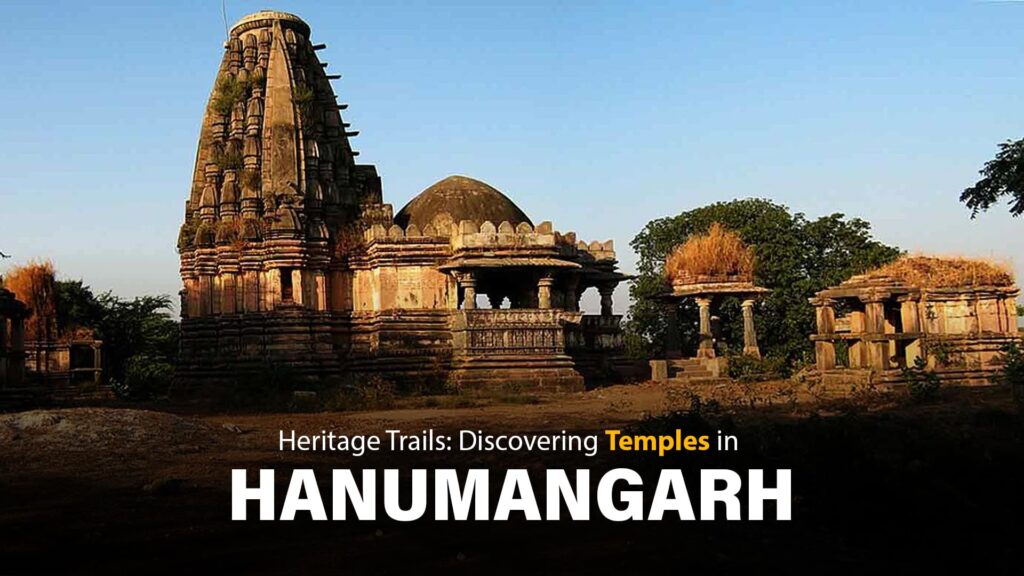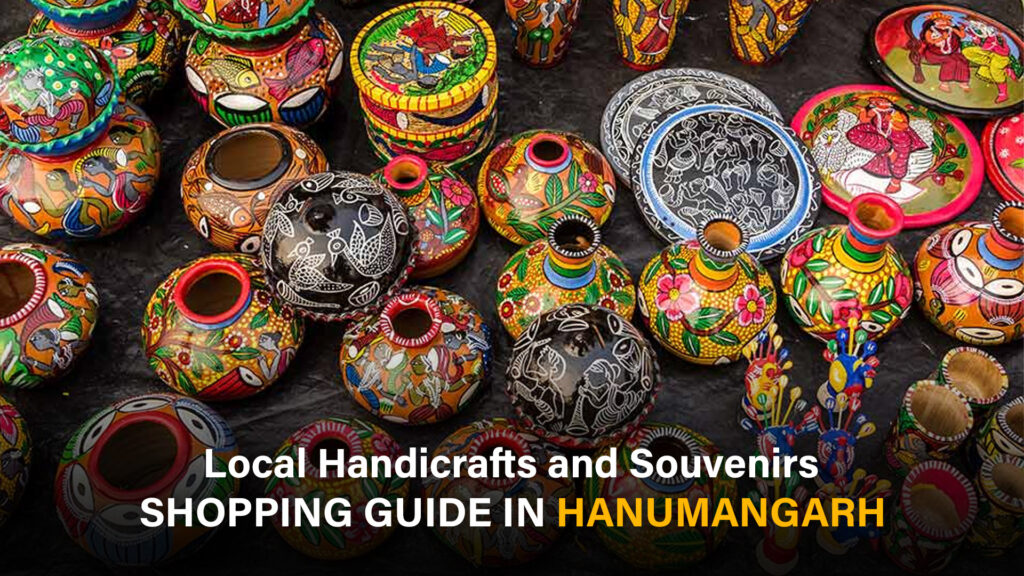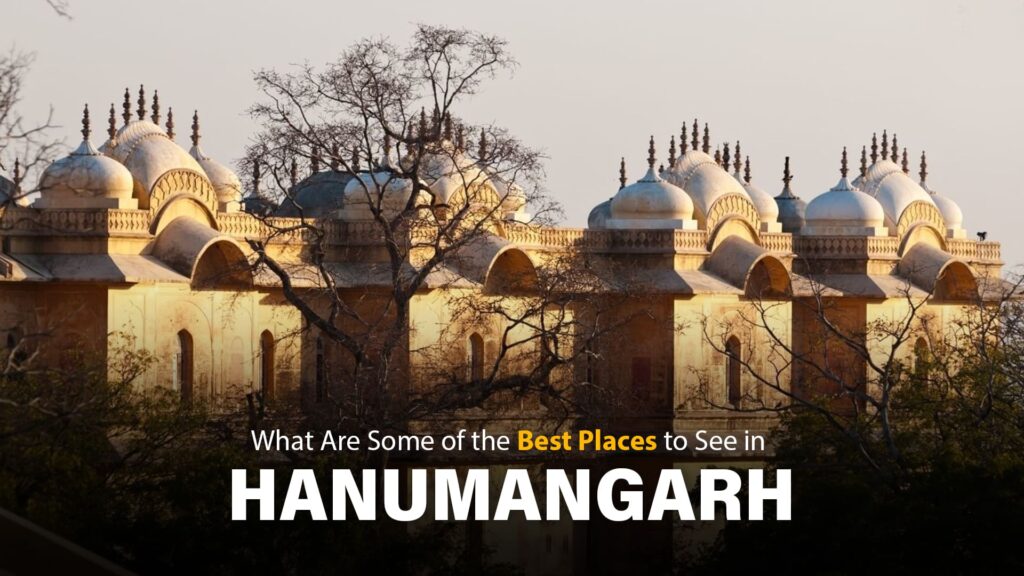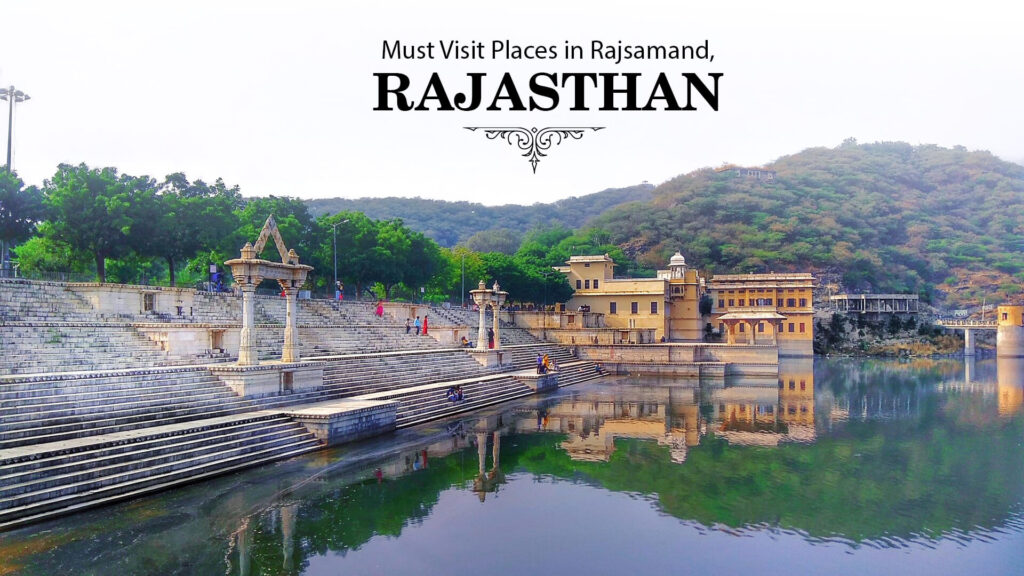Discovering Pali: Offbeat Rajasthan Destinations
Rajasthan, famous for its kings, is like a beautiful rug. It is filled with grand forts, sparkling palaces, and busy cities. Many dream of visiting Rajasthan to see India’s long history and exciting culture. But there are also secret spots beyond the famous places, waiting to be explored. Pali district is a hidden gem in Rajasthan, waiting to amaze you. It is different from the usual tourist spots. Here, you will find amazing buildings and exciting wildlife adventures. Skip the crowds and explore Pali’s secret wonders. Unveiling Pali’s Treasures Pali district is a treasure box full of surprises, waiting for you to explore. Unlike busy tourist spots, Pali has hidden gems waiting to be found. History lovers will enjoy amazing buildings, and nature lovers can see incredible wildlife. If you want peace and quiet, the Aravalli Hills have beautiful views for a relaxing escape. Get ready to discover Pali’s hidden wonders, from amazing temples to breathtaking mountains. Ranakpur Jain Temple Pali’s shining star is the Ranakpur Temple. Made of white marble, it’s like a giant work of art. This amazing place has tons of detailed carvings and 1444 carefully built pillars! It is a special place for Jain people and very beautiful. Adishwar Temple Dating back to the 16th century, the Adishwar Temple, also known as the Chaumukha Temple, stuns visitors with its unique architectural style. The design itself resembles a heavenly aircraft, known in Sanskrit as Nalini Ghulam Vimana. Pali Town Pali town itself is a treasure chest of unexplored places in Rajasthan. History buffs will delight in exploring the places to visit in Pali, including: Bangur Museum This museum houses a fascinating collection of sculptures, coins, and artifacts, offering a window into Pali’s rich past. Nimbo ka Nath This ancient Shiva temple, nestled amidst scenic Aravalli hills, boasts serene natural beauty and intricate carvings. Rawla Bagh This historic garden complex, once a royal retreat, offers a glimpse into Pali’s royal heritage. The architecture and landscaping transport visitors back in time. Jawai Leopard Safari Pali isn’t just about history. Want to see leopards up close? Head to Jawai village near Pali. This place is called the “Leopard Capital of India.” You can actually go on a safari. Here you can see these amazing big cats roaming around freely in the rocky areas near the village. It is a perfect spot for animal lovers looking for hidden gems in Rajasthan. Narlai Looking for peace? Narlai village is a secret spot tucked away in the Aravalli Hills. This beautiful place has amazing views. Explore old wells with carvings, used for storing water in the past. Don’t miss the stunning sunset that paints the mountains with bright colors. Experiencing Pali’s Culture Pali’s charm extends beyond its historical and natural wonders. Immerse yourself in the vibrant culture, a unique blend of Rajasthani traditions and Jain influences. Festivals Pali comes alive during colorful festivals like Holi, Diwali, and the Ranakpur Teej. Witness traditional folk dances, music performances, and joyous celebrations that showcase the spirit of the region. Handicrafts Pali is famous for beautiful souvenirs. Find colorful fabrics, hand-painted pots, and amazing jewelry made by skilled craftspeople in the local markets. Cuisine Pali’s food is a yummy adventure! Try Dal Baati Churma, a spicy lentil stew with fried bread, or Ghevar, a sweet fried pastry. Don’t forget to try Mehendi, a special plant used for henna art, which they export from a nearby town. Planning Your Pali Adventure Ready to embark on your Pali adventure? Here is some essential info to ensure a smooth journey: Best Time to Visit Pali Pali’s pleasant weather makes it a year-round destination. However, the ideal time depends on your preference. For cooler temperatures, October to March are perfect. If you enjoy warmer weather, April to September might be better. Accommodation at Pali Pali has places to stay for all budgets. Sleep like royalty in a fancy old haveli or find a comfy guesthouse for less money. Getting There Getting to Pali is a breeze. Big airports in Jodhpur and Udaipur connect to other Indian cities. Trains also run regularly between Pali and other parts of Rajasthan. Once you are there, taxis and rickshaws can take you around to explore all the cool places in Pali! So pack your bags and get ready to discover the hidden wonders of Pali, a treasure trove waiting to be explored by adventurous travelers seeking unexplored places in Rajasthan. Pali:A Traveler’s Paradise Pali calls to you with its mix of old times, wild animals, and fun traditions! Skip the crowds and discover hidden gems in Rajasthan. See the amazing Ranakpur Jain Temple, explore Pali town’s long history, or go on a wild leopard safari in Jawai. Pali has something exciting for everyone. Skip the typical tourist stuff and head to Pali for an amazing trip! Explore secret spots, experience the local way of life, and make memories that will last forever. Pali awaits – are you ready to discover its magic?
Discovering Pali: Offbeat Rajasthan Destinations Read More »

